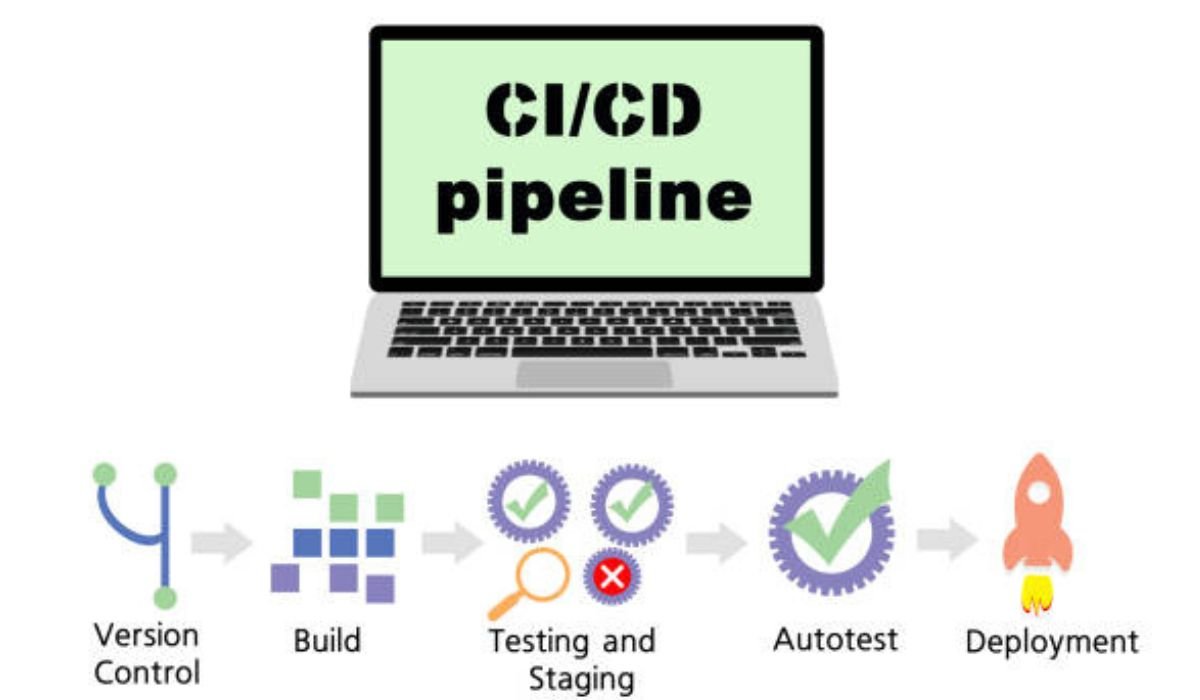With skyrocketing costs and an increased concern for the environment, homeowners are now seeking new ways to address both issues. The benefits of solar panels are undeniable, from reduced utility bills to a decreased carbon footprint; however, when it comes to figuring out the best solar system for your home, many homeowners are left feeling confused and frustrated. The difficulty of determining the perfect panel size coupled with the amount of profiles that are available can easily cause decision fatigue or worse yet, an expensive disaster. This complete guide to getting started with Solar Power for your home is an easy-to-read Homeowner’s 101 guide on solar power, with the best tips and advice for anyone interested in solar installation for their home. By knowing these important fundamentals, you will have the keys to making an informed decision about your solar energy investment and grab the reins on your home’s energy future.
Understanding Your Home Energy Consumption
If you are considering solar panels, analyzing your home’s electricity consumption is necessary to “right-size” the system. Begin by gathering your electricity bills from the last 12 months, so you can determine your historical usage patterns. Most utility bill summaries will show your monthly-used kilowatt-hour (kWh) usage, which will enable you to figure out peak usage that usually happens during summer air conditioning and winter heating periods. For more detailed information, you may want to install a home energy monitor, which shows you “how much electricity you’re using at any given time, and what devices are responsible for the energy usage,” estimates Pure Energy coach Sara McBride. Smart meters — which are typically installed by utility companies, or specially trained sub-contractors — can also monitor hourly usage patterns through online portals or mobile apps. Divide your maximum monthly consumption by 30 days to give you daily required energy – this way, you can determine the maximum demand you would require from your solar system. Be sure to take energy peaks into account, and you may find it appropriate to install more panels so that you can save even more energy. Also, think about how your consuming habits will change in the future – i.e., buying an electric car, adding an addition to your house – when setting your baseline for how much energy you will need.
Calculating Your Solar Panel Capacity Needs
Solar panel capacity is simply a measure of their power output in watts (W or kW), which is the maximum power the solar panels can produce in the best possible conditions. To size your system, you need to know how much electricity your household uses in kilowatt-hours (kWh), and to estimate how much and when the sun shines in your location throughout the year. For instance, if you use 30 kWh per day and you have 5 hours of peak sunlight per day, you will need a 6 kW system (30 kWh/5 hours = 6kW). But under realistic conditions, inefficiency losses have to be considered. For example, because of shade, dirt, temperature, etc., solar panels only perform at about 75-85% of the rating. Geographical location – sunlight levels vary depending on location and the amount of sunlight your location receives is one of the key components in sizing your system. Northern locations will need a larger solar system to make up for having fewer sunlight hours, while the opposite is true if you live in the south. The orientation of the roof is another extremely important factor, given that PV panels that face south (in the northern hemisphere) produce around 20-30% more energy than panels oriented towards the east and west. Also factor in your roof’s pitch angle — the perfect tilt is your latitude minus 15 degrees for peak performance in the summer. If you want to future-proof your investment, increase by 20-25% what you estimate you’ll need to ensure you have enough capacity down the road should a factor like increased energy usage or reduced panel efficiency put you at risk of reaching your amp limit.
Step-by-Step Panel Quantity Calculation
To calculate how many panels you need, divide the capacity you want to reach by the capacity of one of your panels. Residential panels today can be anywhere from 250 to 400 watts. For a 6 kW installation with 350-watt solar panels, you would need approximately 18 solar panels (6,000W ÷ 350W). Take panel dimensions into account in your calculations – typical panels are around 65 x 39 inches, so you’ll need about 17-20 square feet for each panel, including stand-offs and spacing. Include the setbacks required from roof edges and peaks, to allow for enough space for maintenance access and effective ventilation between panels and the roof.
Choosing Between Solar Panel Types
When you’ve decided to install solar panels in your home, it’s important that you understand what separates the different technologies out there, so your investment will be working at its best and provide you with the best value for money. Monocrystalline panels are black and are known for their higher efficiency rates at 15-22%. These are also the best panels to use if you have a small roof as we can mount these closer to the edge of your roof. These panels have great efficiency on hot days and have a typical life of 25-30 years. Low Price High Efficiency Polycrystalline panels, instead of monocrystalline cells, this unit is designed with polycrystalline ones that turn out low efficiency, 13-17%, at a cheaper cost. They do need more room than the same size output of solar panels, but when placed right, they are very hard to beat in any climate. The thin-film panels are the cheapest of the choices and come with 10-12% efficiency, but provide the most options for various installation setups. But so far, they need a lot of space and might deteriorate more quickly than crystalline ones. Temperature coefficient ratings between panel types also differ, with monocrystalline panels usually having better performance in high temperatures, losing only 0.3-0.4% efficiency for every degree Celsius the temperature exceeds the standard testing temperature, compared to 0.4-0.5% for polycrystalline panels.
Solar Panel Installation Methods Explained
Critical Installation Considerations
Professional or DIY installation can make the difference in performance and even long-term reliability of the system. Most professional installers provide full services ranging from structural engineering to the ability to place panels with precision to the protection of warranties. Installations differ depending on the type of roof – composition shingle roofs have flashed roof mounts, tile roofs require tile roof hooks, and metal roofs must have metal roof clamps. Tilt settings and maintenance access are facilitated for ground mount systems; however, good soil for soil analysis and trench for electrical conduits are also a must. BIPV Systems integrate photovoltaic cells into the building material itself, providing aesthetic benefits at an increased price. When in machine installation or maintenance, it’s crucial to have a reliable backup power supply, and for many professionals, portable power stations like those from EcoFlow can enable critical systems to operate without interruption.
Be sure to do a full structural inspection prior to installing systems of any type to ensure your roof can handle the weight load — generally 2-4 pounds of weight per square foot. To ensure compatibility with your electrical system, you will need to consider the size of your main service panel and whether it can be upgraded if needed. What do you need to complete in your local jurisdiction? What about your building permit and utility interconnection agreement? Those will depend on your area – check with your local jurisdiction for specifics. Grid-tied systems use approved inverters and safety disconnect switches, while off-grid installations are offered with battery storage systems and charge controllers. Good installation records are important for warranty coverage and insurance matters. Safety precautions include roof work protection fall systems and the grounding of electrical components. Access for regular maintenance needs to be planned at installation, ensuring clear routes for cleaning and replacement.
Smart Solar Investment: Your Path to Energy Independence
The process of installing a solar panel system starts with a comprehensive consultation of your energy usage to determine the ideal kWh needs of your residence. Equipped with accurate capacity estimation from both day-to-day use and local conditions, you can confidently determine the panel type and quantity for your usage. Whether you select high-end monocrystalline or polycrystalline panels, be sure they generate the desired power necessary for you to produce an optimum return on your garden investment. The choice of installation type, either professional or DIY, should correspond with your level of tech savvy, the warranty you seek, and local regulations. The first step is to conduct a professional energy audit to determine base usage and consult with licensed solar installers who can offer thorough site analysis. By following these strategic measures towards solar adoption, you will not only benefit from substantial long-term energy savings but also leave a positive legacy for future generations to come.











